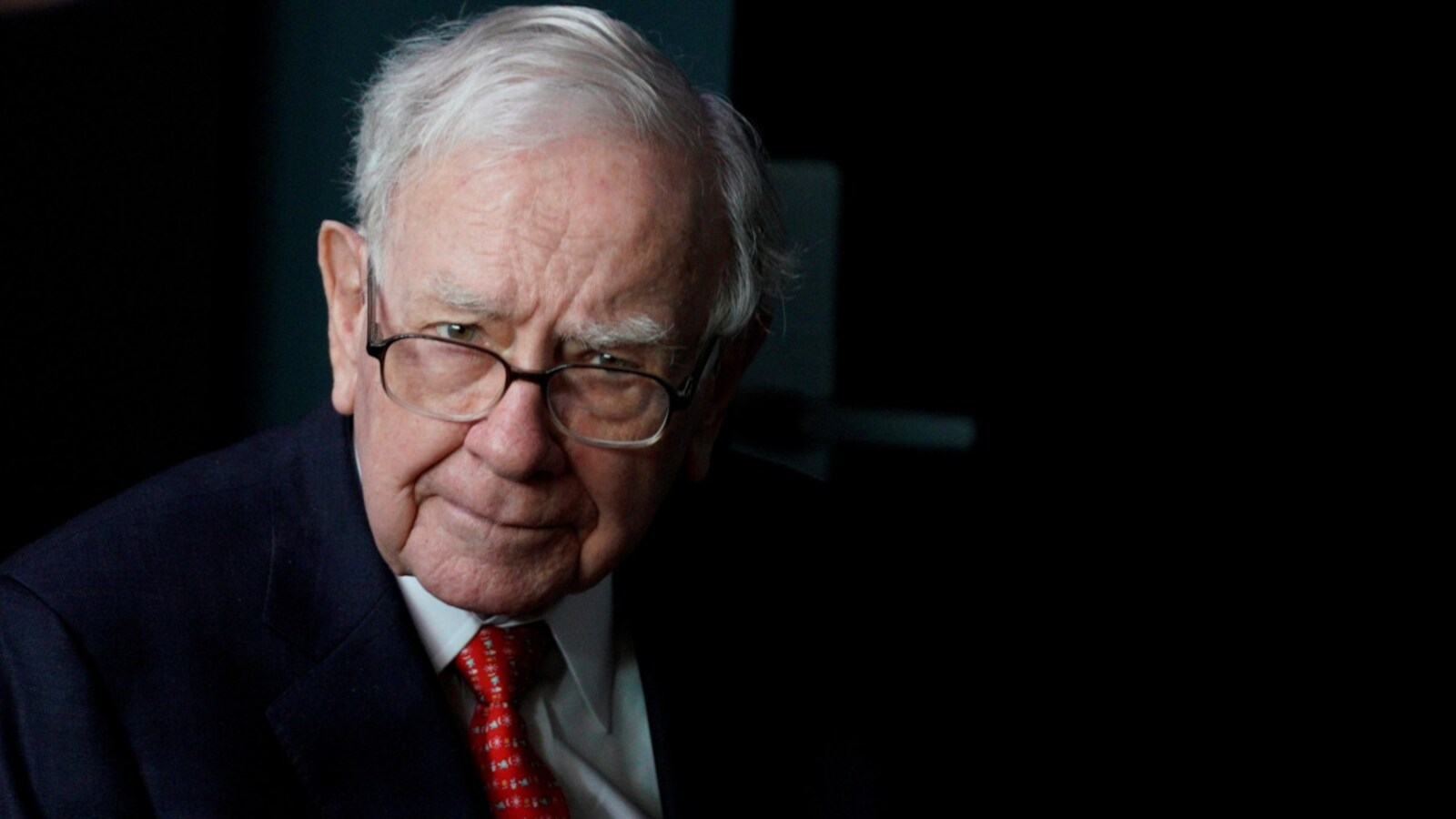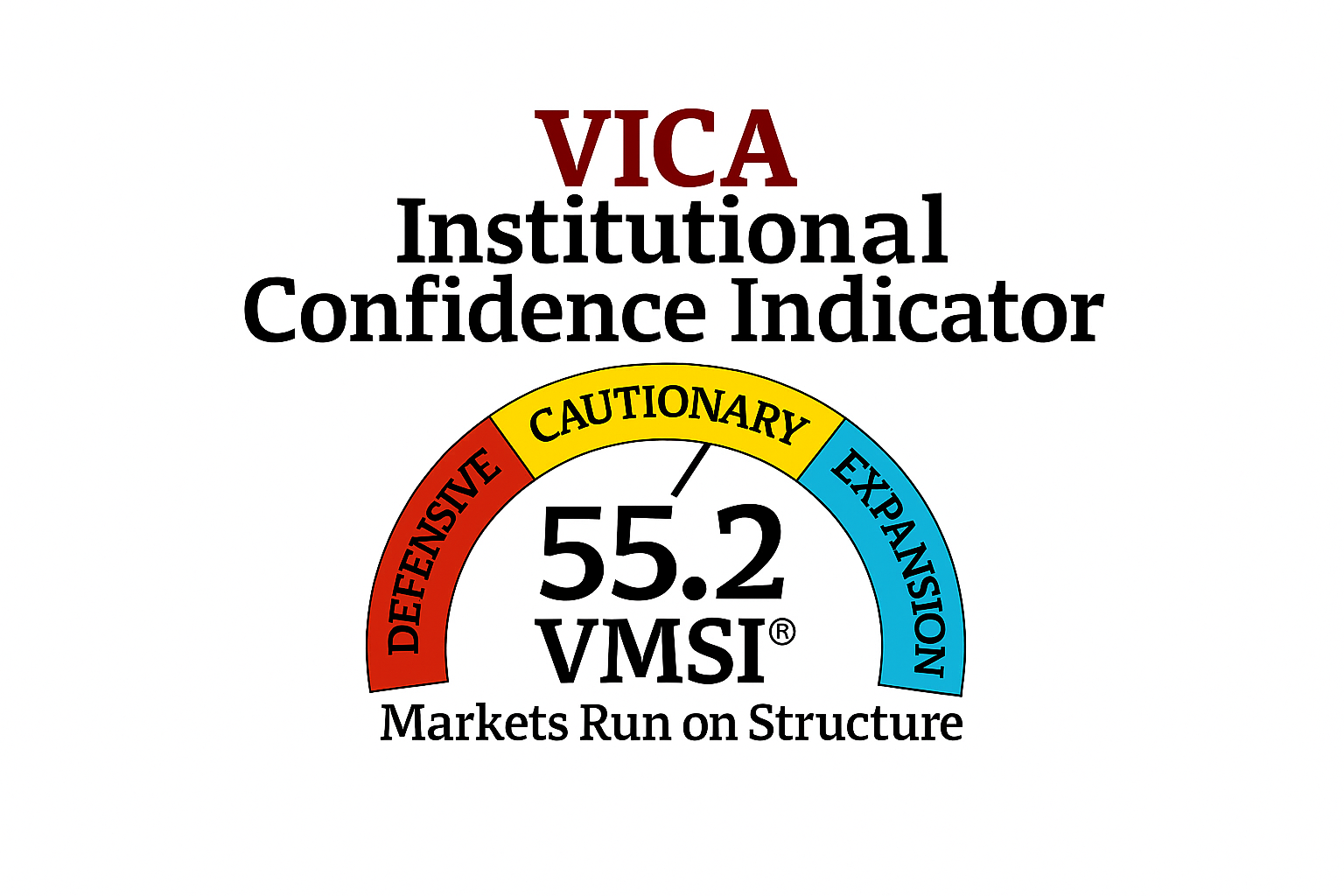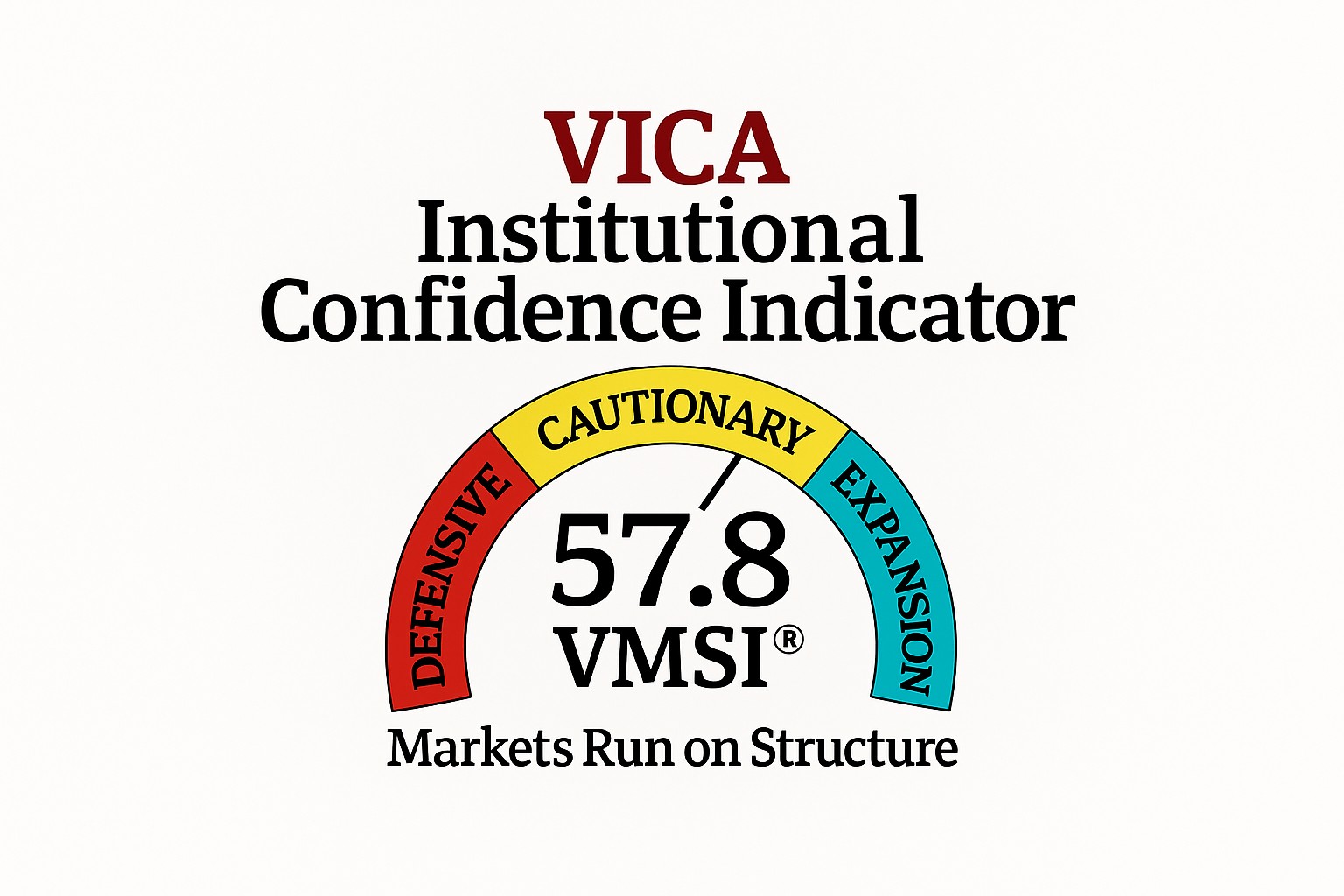Stay Informed and Stay Ahead: Opinion, March 13th, 2024.
Warren Buffett, CEO of Berkshire Hathaway, is known for disciplined value based investing and longer-term vision. Despite past success, his traditional market model faces challenges in today’s markets.
- Pivot in Market Dynamics: Recent years have witnessed profound shifts in market dynamics. The ascendancy of technology and the digital economy has rendered traditional valuation metrics inadequate. Tech firms frequently command lofty valuations grounded in future growth prospects, diverging from Buffett’s preference for stable cash flows in businesses.
- 24/7 Technological Innovation: Unprecedented technological innovation is swiftly disrupting industries and business models. Companies once deemed impervious “moats” by Buffett now face vulnerability to innovative startups and tech giants. Adapting to this rapid evolution necessitates a more agile investment approach, potentially departing from Buffett’s conservative stance.
- Globalization and Geopolitical Uncertainty: The complications of stakeholders in global markets and geopolitical turmoil add further hurdles to Buffett’s model. Trade tensions, geopolitical conflicts, and the persistent COVID-19 pandemic elevate volatility and uncertainty, complicating the forecasting of cash flows and accurate assessment of investment risks.
- Political Posturing, ESG: Investors prioritize environmental, social, and governance factors in decision-making. Companies neglecting these aspects face regulatory scrutiny and reputational harm, impacting finances. While Buffett stresses ethical practices, ESG integration demands a broader analysis beyond financial metrics.
- New Investment Strategies: Quantitative investing, algorithmic trading, and alternative data democratize access to opportunities. These strategies employ analytics and machine learning to exploit market inefficiencies, challenging Buffett’s fundamental analysis.
- Low Interest Rates: Central banks’ persistent low rates inflate asset prices and distort valuation models. Historically low bond yields drive investors towards riskier assets, inflating stock values and fostering market speculation. This trend challenges Buffett’s preference for undervalued assets.
In conclusion, Warren Buffett’s traditional market model faces challenges in today’s market. Technological innovation, globalization, geopolitical uncertainty, ESG considerations, new investment strategies, and low interest rates all pose hurdles to Buffett’s approach. A nimble and agile investment strategy with a broader analysis beyond traditional metrics is required.




